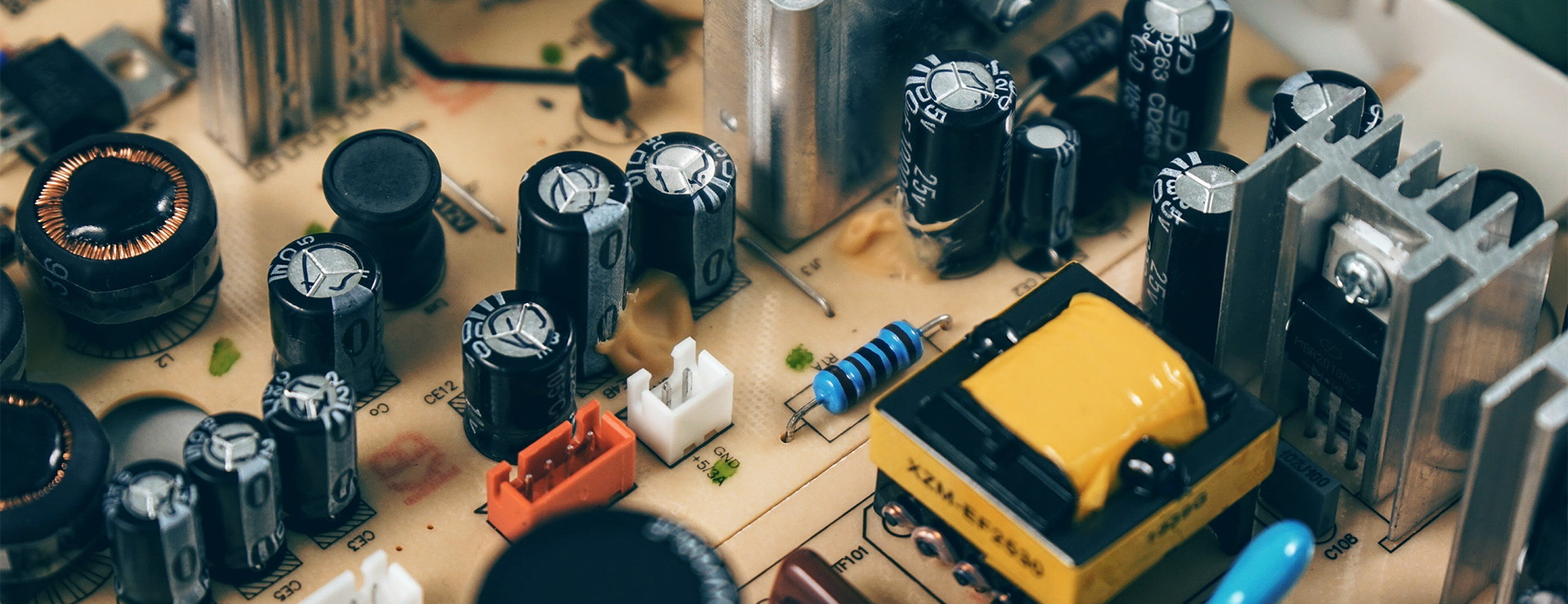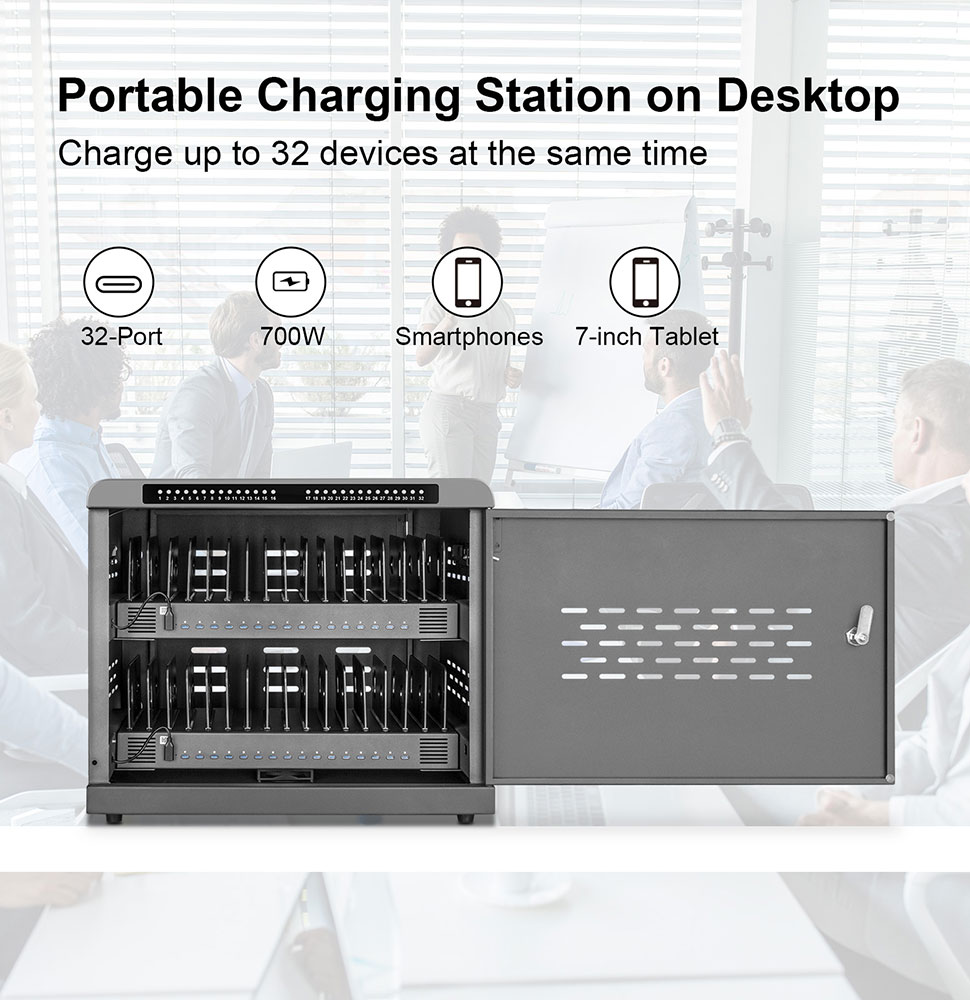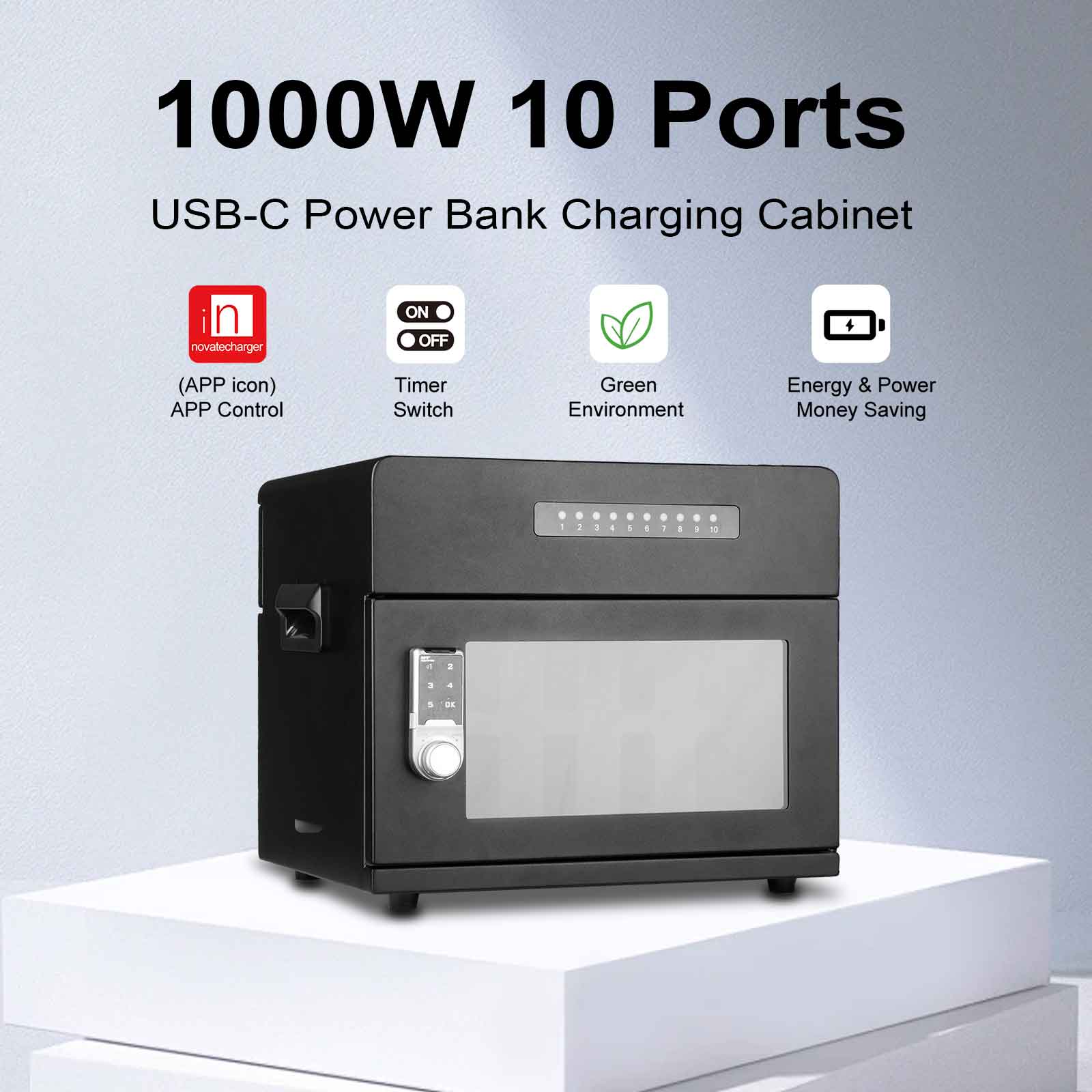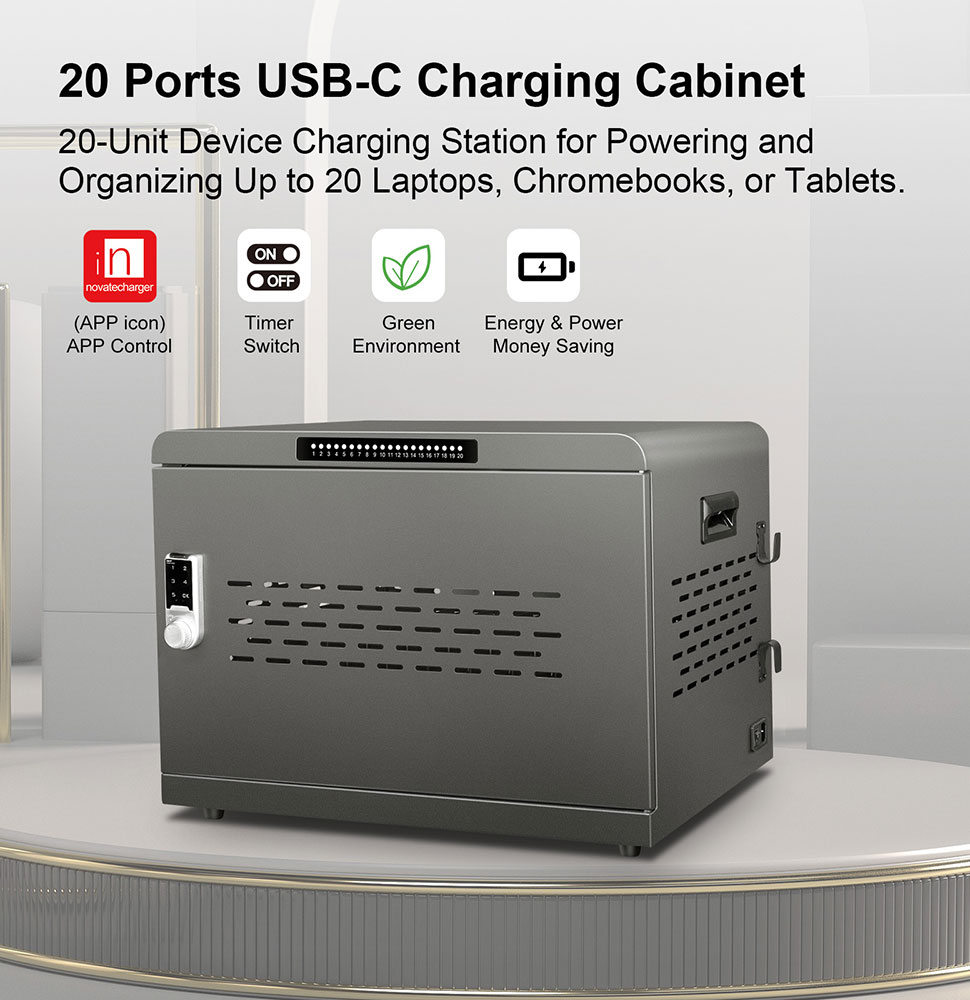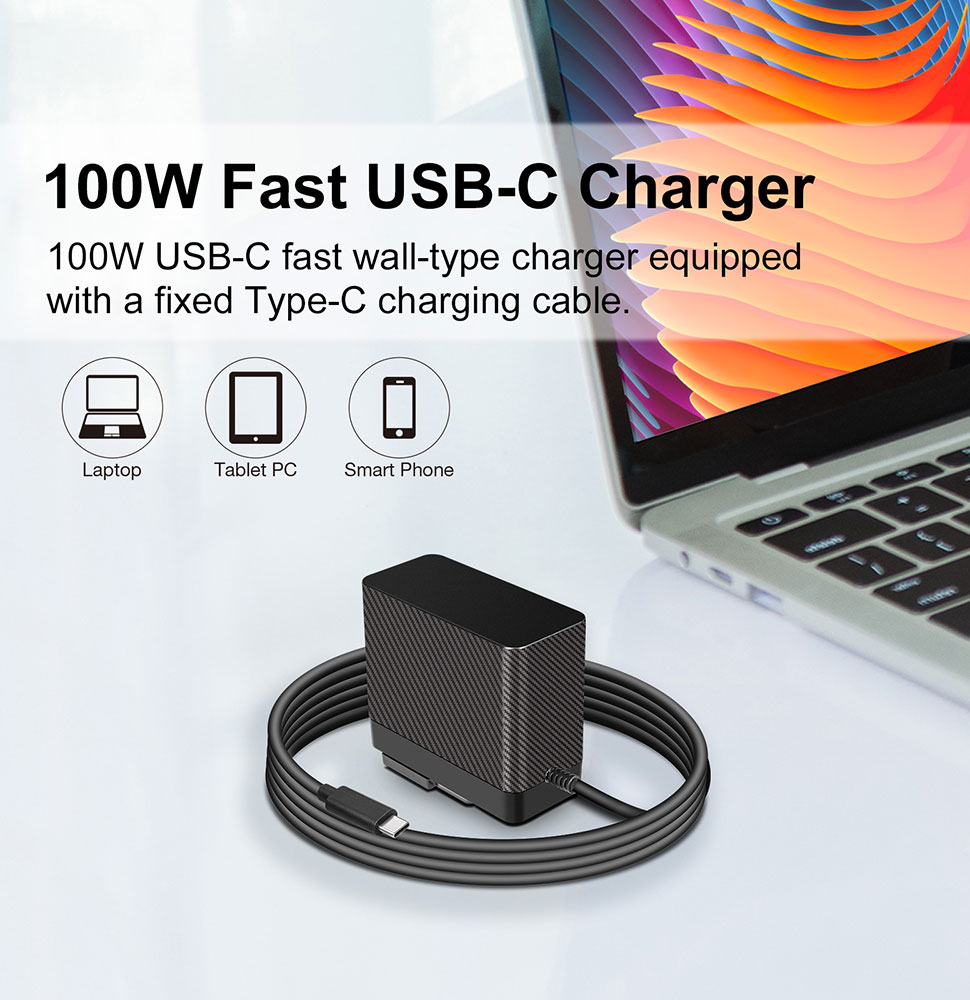In today’s fast-paced educational and professional environments, managing technology efficiently is crucial. For organizations that rely heavily on tablets—be it in classrooms, libraries, or corporate settings—investing in a quality charging station can transform the way you handle these devices. Here’s why this particular charging station, designed to accommodate up to 16 tablets, is a smart investment:
1. Efficient Charging
In a world where time is of the essence, the ability to charge multiple tablets simultaneously is invaluable. This charging station ensures that all devices are powered up and ready for use when you need them. Its optimized charging system minimizes wait times, allowing users to quickly grab a fully charged tablet and get to work. Whether used in a classroom before a lesson or in a conference room, efficient charging means less downtime and more productivity.
2. Locking Storage
Security is a top concern for any organization that invests in technology. The locking storage feature of this charging station offers peace of mind, safeguarding your tablets from theft or unauthorized access. This is particularly beneficial in public or shared spaces, where devices may be left unattended. By ensuring that your tablets are securely stored when not in use, you can protect your assets and prevent costly losses.
3. Clutter-Reducing Organization
Tangled cords and scattered devices can lead to chaos in any environment. This charging station’s design promotes organization, neatly housing up to 16 tablets in one centralized location. The reduction of clutter not only creates a cleaner workspace but also enhances accessibility. Users can quickly locate and retrieve their tablets without searching through a mess of cables and devices, streamlining the entire process.
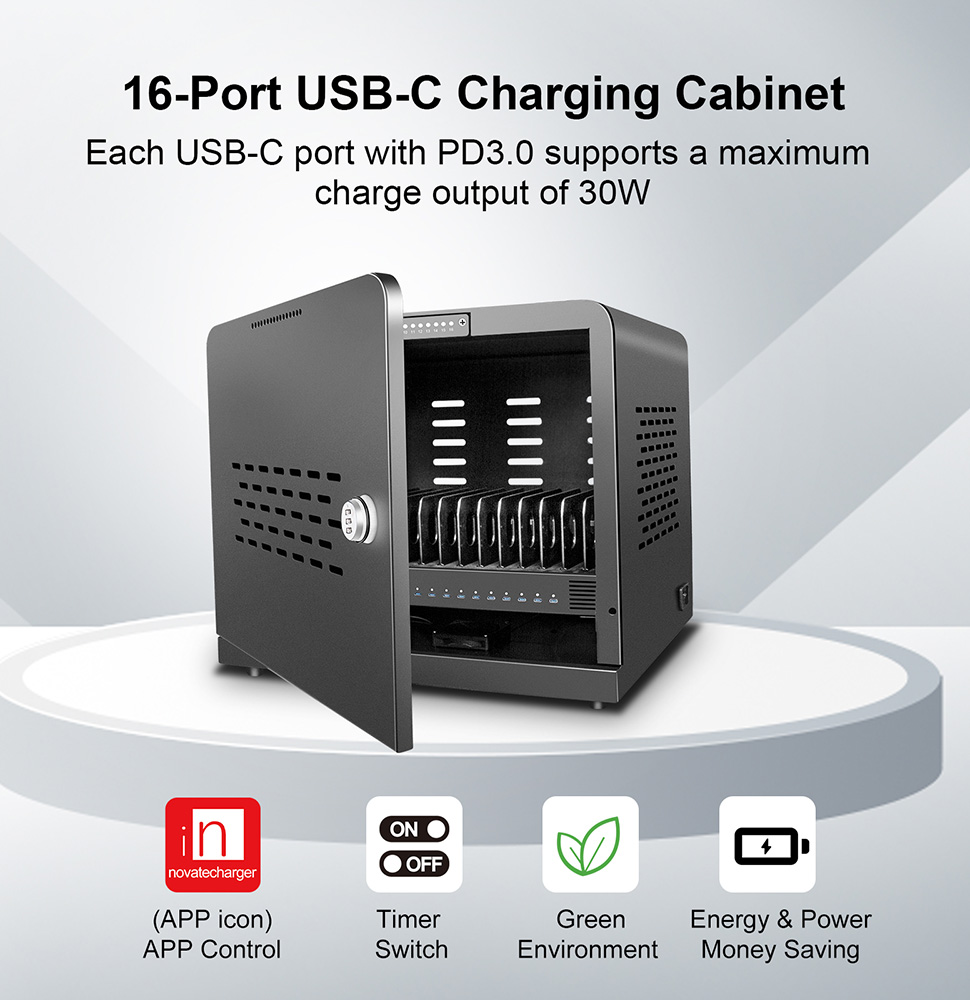
4. Flexible Deployment
Every organization has unique needs, and flexibility is key in meeting those requirements. This charging station can easily adapt to various settings—be it in a classroom, an office, or a meeting space. Its versatile design allows you to deploy it wherever tablets are used most frequently, ensuring that you can maintain a cohesive and efficient workflow across your organization. Whether you need it for a fixed location or a mobile solution, the adaptability of this charging station is a strong selling point.
Conclusion
In summary, investing in this tablet charging station is a proactive step towards enhancing the efficiency, security, and organization of your technology management. With its efficient charging capabilities, locking storage, clutter reduction, and flexible design, it meets the demands of modern usage in any setting. By streamlining the management of your devices, you not only protect your investment but also provide a smoother user experience for everyone involved. Upgrade your organization’s tech management today—this charging station is an investment that pays dividends in efficiency and peace of mind.
